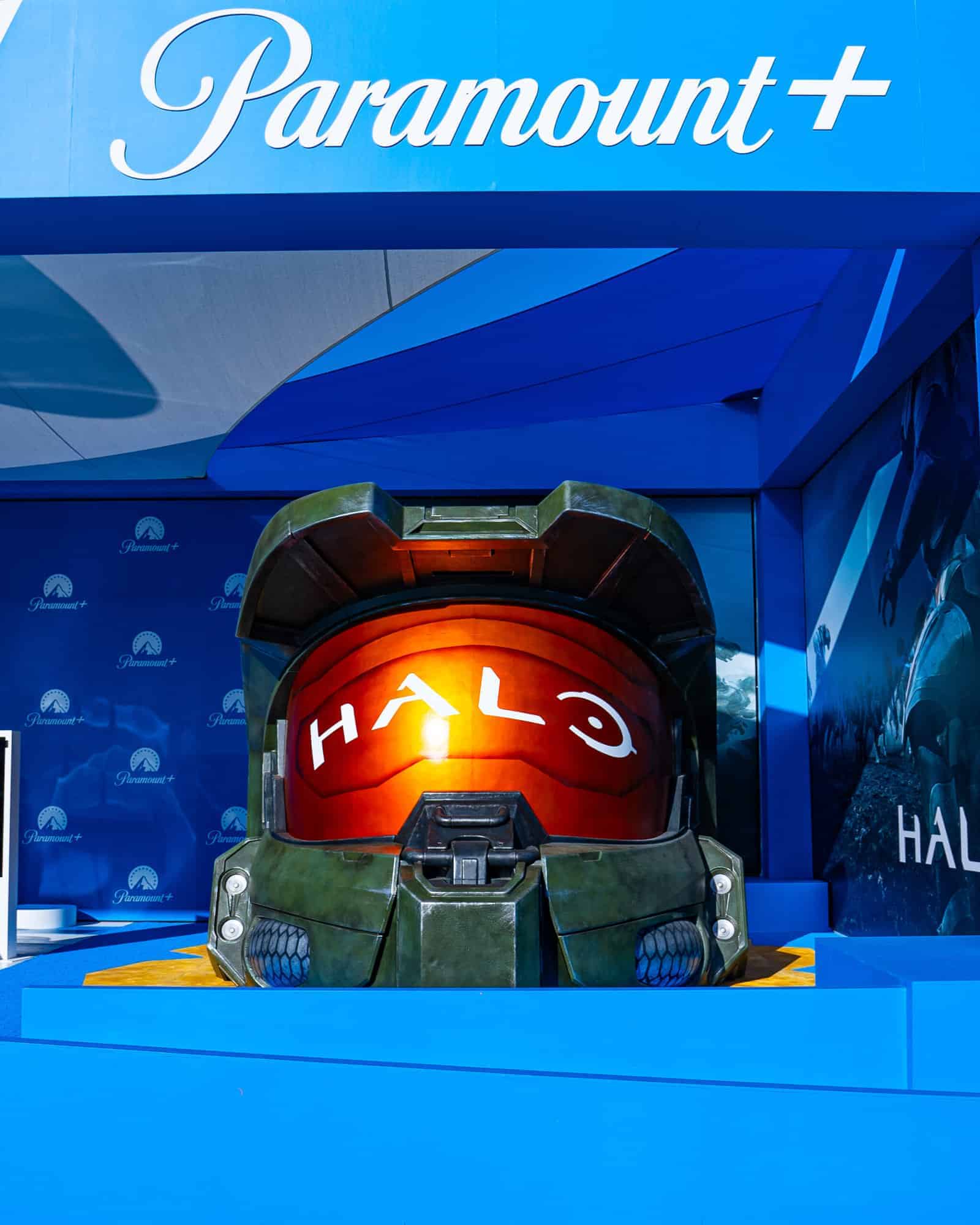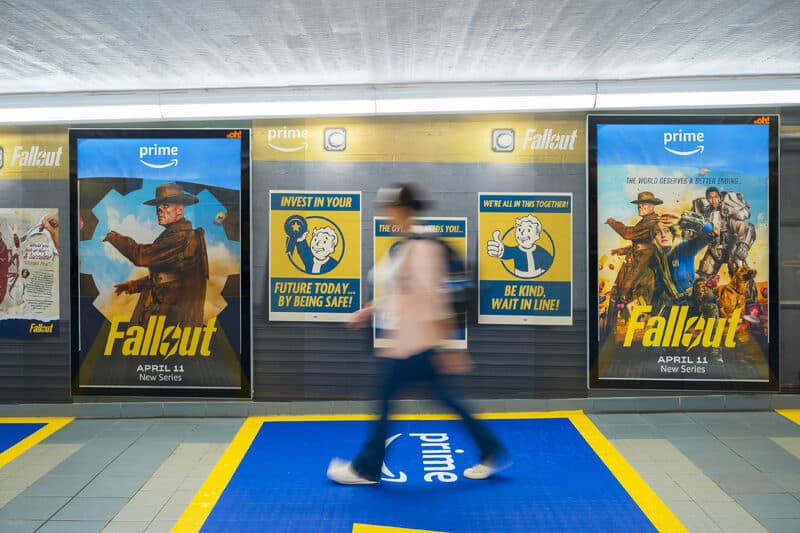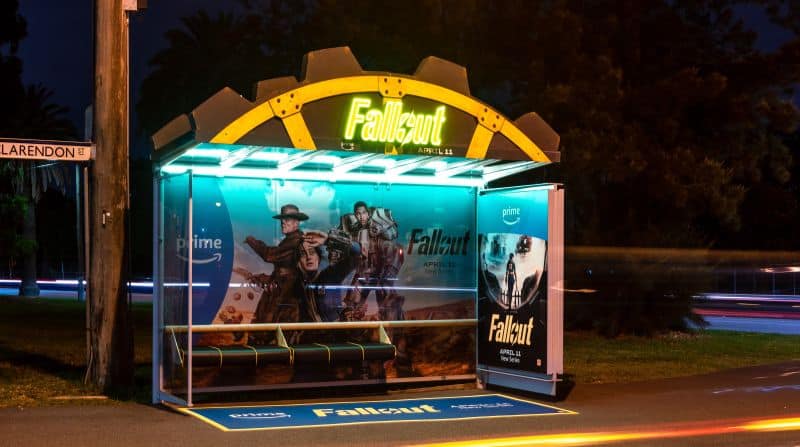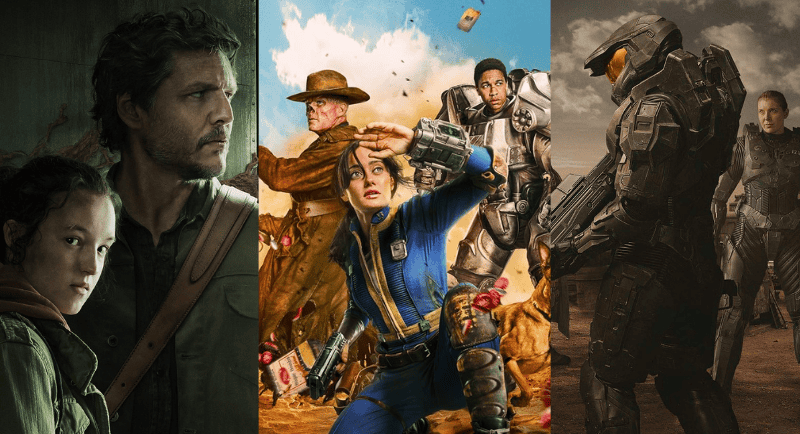Streaming services commissioning series based on video game IP – such as Fallout, Halo, and The Last of Us – is a “complete no-brainer”, according to Luke Haynes, strategy director at M&C Saatchi Sport & Entertainment. Yet marketers still largely misunderstand and underestimate the power of gaming audiences.
Australia’s gaming market is worth $4.21 billion – up from $2.67 billion in 2021 – yet it is a widely shared opinion that the market remains niche for advertisers.
Haynes told Mediaweek that gaming is both the most overlooked and misunderstood part of culture by brand marketers in Australia.
“When talking about games culture with our client partners, we emphasise the fact that games culture is exactly that – an entire cultural ecosystem that is more than just the game itself,” he said.
“So many brands talk about struggling to connect to young audiences, or finding it hard to cut through the clutter in sport, and here’s a part of the cultural landscape that does both and is crying out for investment.”
The sheer size of the audience and the depth of engagement with the story and characters more or less guarantees success for shows based on video games, he argued.
“It’s low risk from an investment point of view, you’re buying a proven winner, with years worth of sales data to prove it,” he said.
“The Halo franchise has accrued 81m sales since its inception in 2001, the Fallout franchise has seen 55m sales to date and The Last of Us has sold 40m copies to date. It’s perfectly set up for success and just requires high-quality production to make it a slam dunk.
“It’s also about the level of engagement that the audience has with the story – by the time they complete the main story, each player has likely spent 15 hours or more with the characters, immersed in a deeply rich story that has all the character development of a conventional film or TV series.”

Luke Haynes, strategy director at M&C Saatchi Sport & Entertainment
Before streaming services, most media produced from gaming IP was written off as cheesy and a cash grab, feeding off gaming fans’ appetite for something that isn’t just the Pokemon animated TV show from the late 1990s.
Enter Prime Video, Netflix, HBO and Paramount+, all of which now have a flagship show based on existing gaming IP.
Prime Video is the newest kid on the block in the space, with a high-budget adaptation of the Fallout franchise, which has been met with glowing acclaim from critics and fans.
Netflix has animated show, Arcane, based on League of Legends, HBO is in the middle of filming The Last of Us Season 2, based on the second game in the franchise, and Halo launched its second season in February on Paramount+.

While these shows have had major success critically and commercially, Fallout and Halo have also had a particularly large marketing push attached to their launches, both locally and globally.
In Australia, Halo had a large presence at the Australian Grand Prix in March, connected to Paramount+’s global F1 sponsorship deal, with advertising along the length of pit lane, and a giant Master Chief helmet available for fans to see the action up close. Globally, the Master Chief himself was at San Siro Stadium in February to welcome the players from the Italian football team, Inter Milan, onto the field.
February 2024 | Master Chief in the San Siro Stadium ?️⚽️ pic.twitter.com/RKb8dQQitD
— Halo Universe (@infinite_mcc) March 25, 2024
A report from gaming agency Livewire in March revealed that gaming is the entertainment channel of choice across Gen Alpha, Gen Z, and millennials. Haynes believes that this is being taken into account when streamers start to market these shows.

“We have to also remember that the mean age of a gamer in Australia is 35,” he said.
“Gaming isn’t a new thing, the Super Nintendo – likely the first console for a lot of readers – came out in 1992. If you played that as a teenager, you’re well into your 40s now and many of those people have retained a love of video games.
“All that said, the explosion of gaming is down to its mainstreaming with younger audiences and in particular non-male gamers. That goes a long way to explaining why the value of the video game industry in 2024 is expected to be double what it was in 2018.
“Uniting young Australians’ love of games and their adoption of streaming services is a recipe for success.”
This recipe seems to have been followed by Prime Video, who with the help of JCDecaux, took over Sydney’s Wynyard Station with an out of home campaign for Fallout.
Essie Wake, CMO at JCDecaux Australia, told Mediaweek that the takeover demonstrates the powerful convergence of gaming, streaming, and OOH advertising.

Wynyard Station
“The rise of streaming companies creating programming based on popular gaming franchises, such as Fallout, is a testament to the evolving entertainment landscape and the fact that the prime consumer audiences of today are a generation raised playing video games,” she said.
“Out-of-home is adept at generating the type of shareable moments that align perfectly with the social media-driven lives of the key 18-34 demographic – millennials and Gen Z – encouraging organic sharing across social platforms and further amplifying reach and impact through earned media.”
To pair with the takeover of Wynyard Station, Prime Video also created three bus shelter immersions in Melbourne, and Sydney got its very own Vault 33, located under the foundations of Sydney’s CBD and inspired by the vault of the same name that features in Fallout.

Presented by real estate agency Gavin Rubinstein of TRG, best known for his role on Luxe Listings Sydney, Vault 33 was open for public inspections and cheekily marketed as a solution to housing undersupply.
